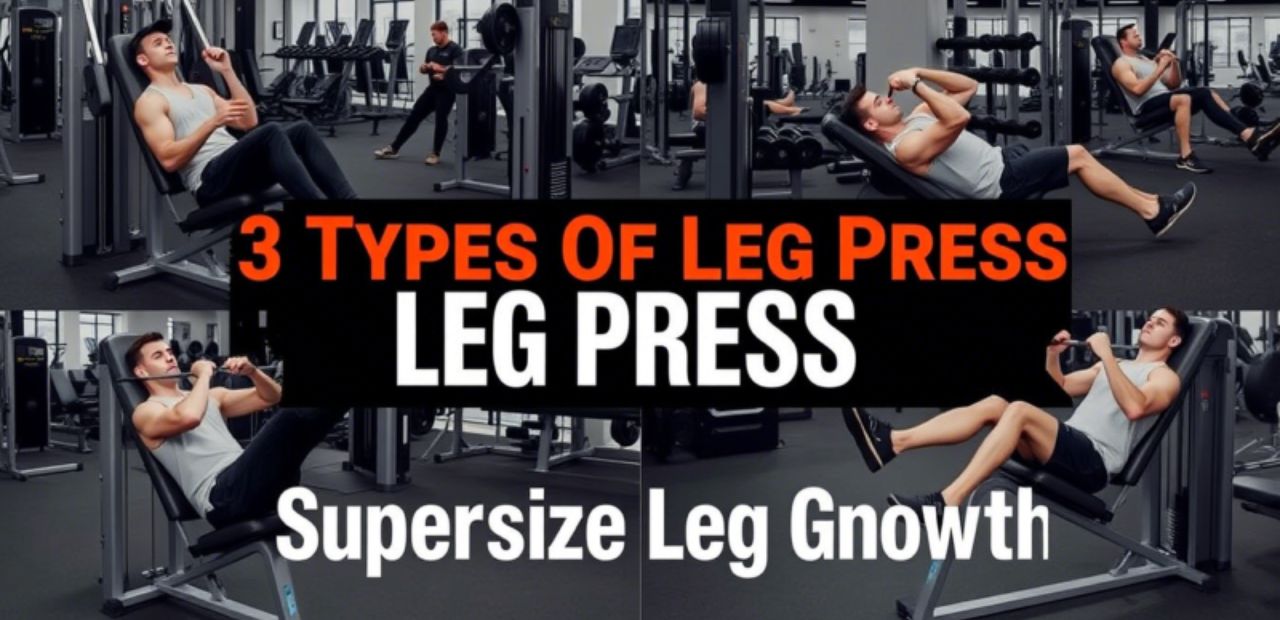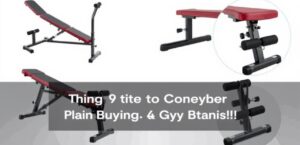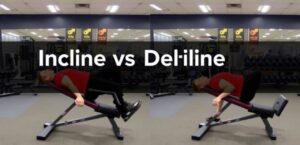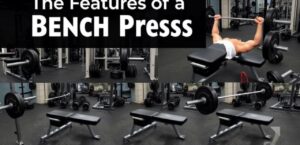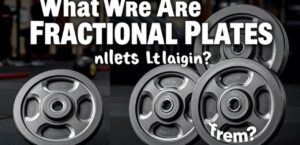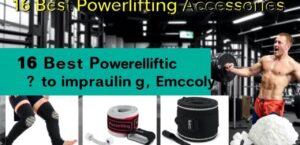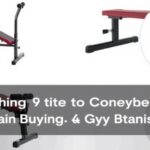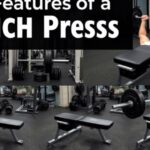When it comes to building massive legs, the leg press machine is a game-changer. While squats are often the go-to for leg growth, incorporating different types of leg press variations can help you target the muscles more effectively and boost overall leg development. In this article, we’ll explore the 3 types of leg press that can help supersize your leg growth.
1. Horizontal Leg Press
The horizontal leg press is one of the most common and beginner-friendly types of leg press. In this variation, you lie flat on your back with your feet placed on a platform in front of you. As you push the weight upwards, the horizontal leg press targets the quadriceps, hamstrings, and glutes.
Benefits of the Horizontal Leg Press:
How to Use It:
- Start with your feet shoulder-width apart on the platform.
- Push the weight away, straightening your legs but avoid locking your knees.
- Slowly lower the weight back to the starting position while maintaining control.
2. 45-Degree Leg Press
The 45-degree leg press is another popular variation that is highly effective for muscle growth. In this version, you sit at a 45-degree angle, with your feet placed on the platform. This setup creates more emphasis on the quadriceps and glutes while still engaging the hamstrings.
Benefits of the 45-Degree Leg Press:
- Increased range of motion: The angle allows for a deeper stretch in the quads, improving flexibility and muscle activation.
- Improved focus on muscle groups: The position helps target the quadriceps more directly, making it a great option for leg muscle definition.
How to Use It:
- Place your feet slightly higher on the platform to target the glutes and hamstrings or lower for a focus on the quads.
- Push the weight upward, making sure your knees don’t extend too far past your toes.
- Lower the weight slowly, keeping tension in the muscles throughout the movement.
3. Single-Leg Press
For those looking to supersize leg growth, adding the single-leg press to your workout can be a game-changer. As the name suggests, this leg press variation allows you to work one leg at a time, increasing muscle imbalances and ensuring each leg gets equal attention.
Benefits of the Single-Leg Press:
- Enhanced muscle activation: Focusing on one leg at a time can engage the stabilizer muscles, which improves overall leg strength.
- Addresses imbalances: By using one leg, you can correct any muscle imbalances between your legs, promoting even development.
How to Use It:
- Begin by positioning one foot on the platform and adjusting the seat so that your knee is at about a 90-degree angle.
- Push the weight upward with your foot while keeping your core tight.
- Lower the weight slowly and repeat for the desired reps before switching legs.
Tips for Supersizing Leg Growth
- Progressive Overload: To build muscle, you need to gradually increase the weight or reps over time. Challenge yourself with heavier weights or more reps each week.
- Proper Foot Placement: Changing the position of your feet on the platform can shift the focus between different leg muscles. Experiment with high, low, or shoulder-width foot placements to maximize muscle engagement.
- Recovery: Building massive legs doesn’t just come from the gym. Ensure you get adequate rest and recovery to allow your muscles to grow.
- Nutrition: Protein is essential for muscle repair and growth. Make sure you’re eating enough protein-rich foods to fuel your leg-building efforts.
Conclusion
Incorporating these three types of leg press into your workout routine can help you target different leg muscles and supersize your leg growth. Whether you’re using the horizontal leg press for a comfortable, controlled workout, the 45-degree leg press for deeper muscle activation, or the single-leg press to focus on each leg individually, adding variety will accelerate your results. Remember, consistency, progressive overload, and proper recovery are key to seeing significant muscle gains.

Emily Rose Johnson is a passionate writer with a knack for crafting engaging content. She specializes in communication strategies, digital marketing, and creative storytelling.
